-
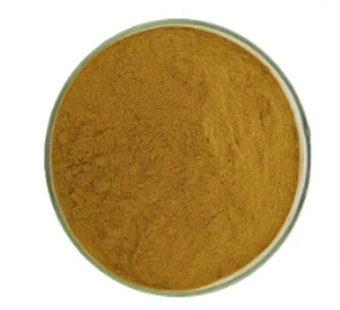
Black cohosh Extract CAS:84776-26-1
Black cohosh extract is derived from the roots of the black cohosh plant, native to North America. It is commonly used as a dietary supplement and herbal remedy due to its potential health benefits. Black cohosh extract is known for its rich content of active compounds such as triterpene glycosides and phenolic acids, which are believed to contribute to its medicinal properties. This extract is available in various forms, including capsules, tablets, and liquid extracts, and is often used to support women’s health and manage certain symptoms.
-
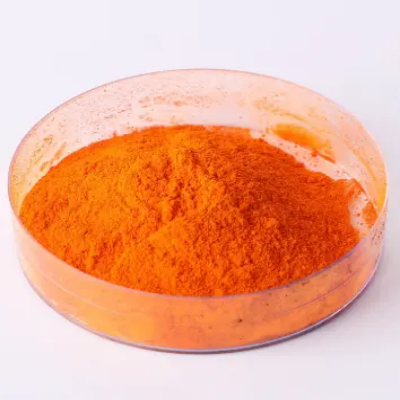
Beta-Carotene CAS:7235-40-7
Beta-carotene is a red-orange pigment found in plants and fruits, especially in colorful vegetables like carrots and sweet potatoes. It is a precursor to vitamin and is a powerful antioxidant, helping to protect cells from damage caused by free radicals.
-
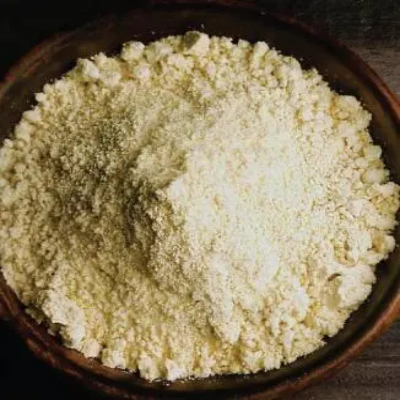
Alpha Lipoic Acid (ALA)CAS:1077-28-7
Alpha Lipoic Acid (ALA) is a powerful antioxidant that is naturally produced by the body and can also be found in certain foods. It plays a crucial role in energy production and helps to neutralize harmful free radicals. ALA has been studied for its potential benefits in supporting overall health and wellness.
-
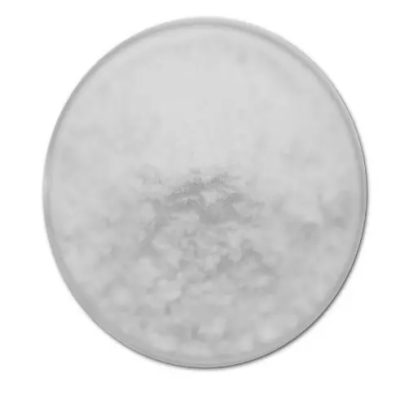
Acesulfame K /Acesulfame Potassium CAS:55589-62-3
Acesulfame K, also known as Acesulfame Potassium, is a calorie-free sweetener that is approximately 200 times sweeter than sucrose (table sugar). It is often used in combination with other sweeteners to enhance sweetness in food and beverages. Acesulfame K is stable under heat, making it suitable for use in baked goods and products that require cooking or baking. It is commonly found in sugar-free and “diet” products, including soft drinks, chewing gum, dairy products, and desserts.
-
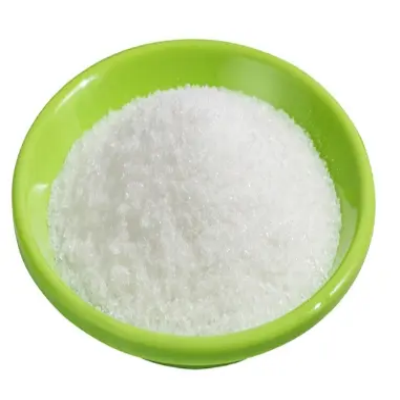
5-Hydroxytryptophan CAS:56-69-9
5-Hydroxytryptophan (5-HTP) is a naturally occurring amino acid and chemical precursor in the biosynthesis of neurotransmitters serotonin and melatonin.
-
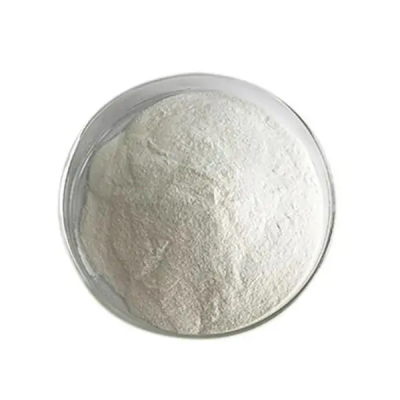
Calcium Polyphosphate CAS:7758-87-4
Calcium Polyphosphate is a compound consisting of calcium and polyphosphate ions. It is commonly used in various industrial and commercial applications due to its unique properties and benefits. This compound is often utilized in the production of ceramics, as a food additive, and in the field of biomedicine
-
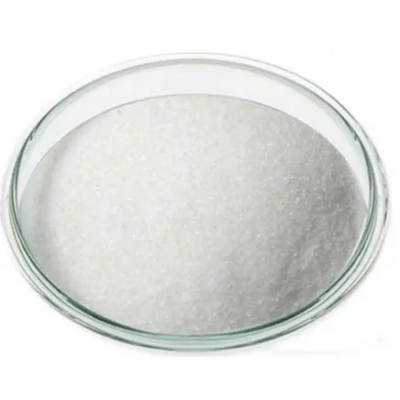
Cellulase 100000 CU/g CAS:9012-54-8
Cellulase 100000 CU/g is an enzyme preparation with an activity of 100,000 cellulase units per gram. It is derived from a natural source and is used for its ability to break down cellulose into simpler sugars
-
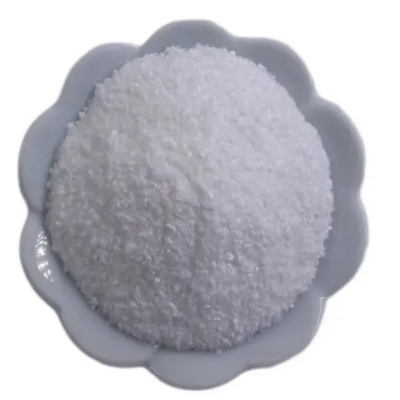
Dimethyl Polysiloxane CAS:9016-00-6
Dimethyl Polysiloxane is a type of silicone fluid that is composed of repeating units of dimethylsiloxane. It is a clear, odorless, and non-toxic liquid that has a low viscosity and a high thermal stability. It is commonly used in a variety of industrial and consumer applications due to its unique properties
-
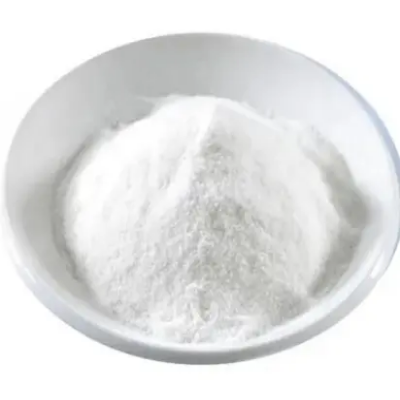
Alpha Amylase 2000 FAU/g CAS:9000-90-2
Alpha Amylase 2000 FAU/g is an enzyme used in various industries for its ability to break down starch molecules into smaller, more easily fermentable sugars. This particular enzyme has an activity level of 2000 Fungal Alpha Amylase Units per gram
-
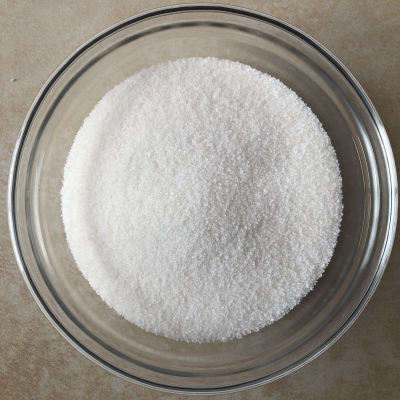
Alpha Galactosidase 100000 GAlU/g CAS:9025-35-8
Alpha Galactosidase 100000 GAlU/g is an enzyme derived from Aspergillus niger, capable of breaking down complex carbohydrates. It is commonly used as a dietary supplement to aid in the digestion of foods containing galactose oligosaccharides, such as beans, legumes, and certain vegetables. This enzyme works by hydrolyzing the alpha-galactosidic linkages in these carbohydrates, facilitating their digestion and reducing the occurrence of uncomfortable gastrointestinal symptoms.
-
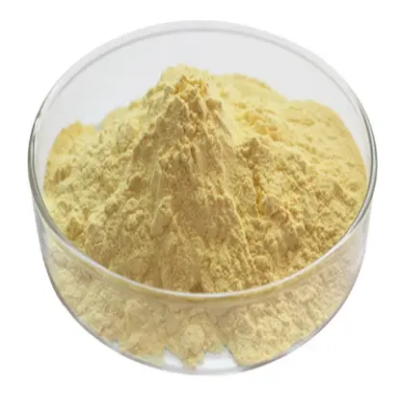
Beeswax CAS:8012-89-3 Manufacturer Supplier
Beeswax is a natural substance produced by honeybees and is widely used in various industries. It has a complex composition, including hydrocarbons, fatty acids, and esters, which give it unique properties. Beeswax is commonly used in cosmetics, pharmaceuticals, food, and woodworking
-
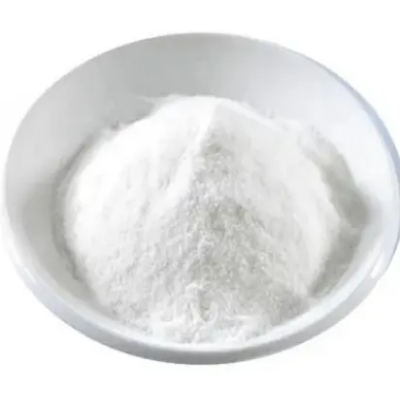
AmmoniumPolyphosphate CAS:68333-79-9
Ammonium Polyphosphate is a white, non-toxic, and environmentally friendly flame retardant. It is a non-halogenated compound commonly used in various industries for its fire-retardant properties. This compound is known for its high thermal stability and is often used as a flame retardant in polymers, textiles, and wood products

